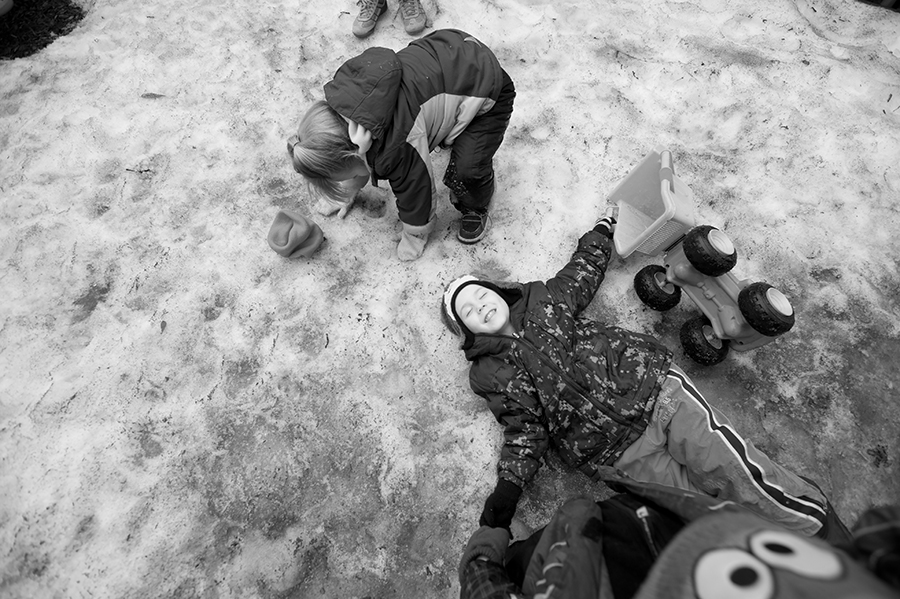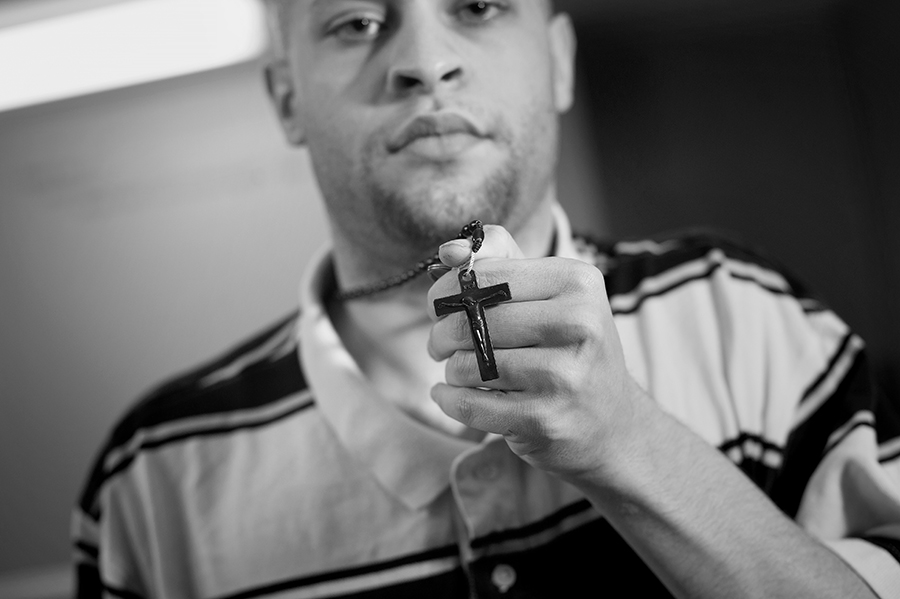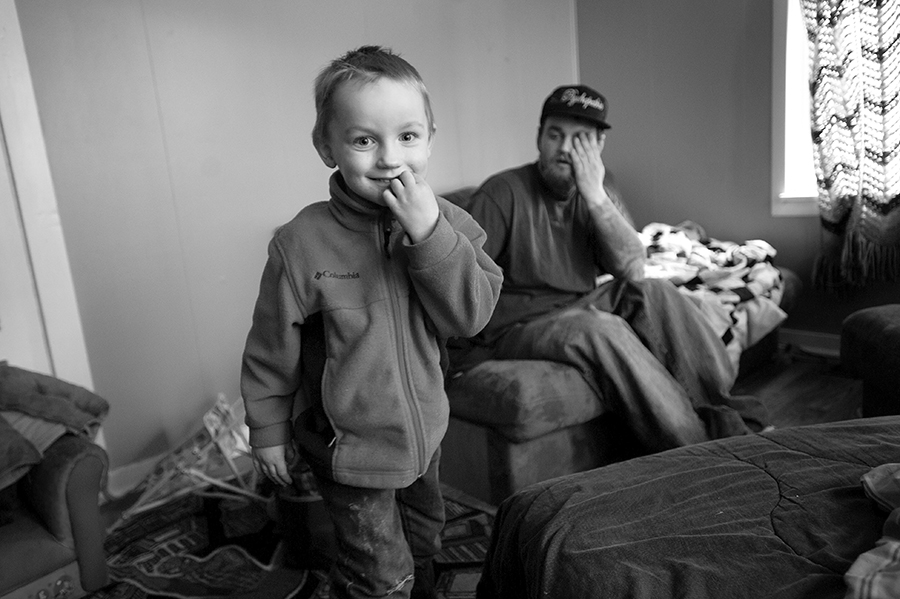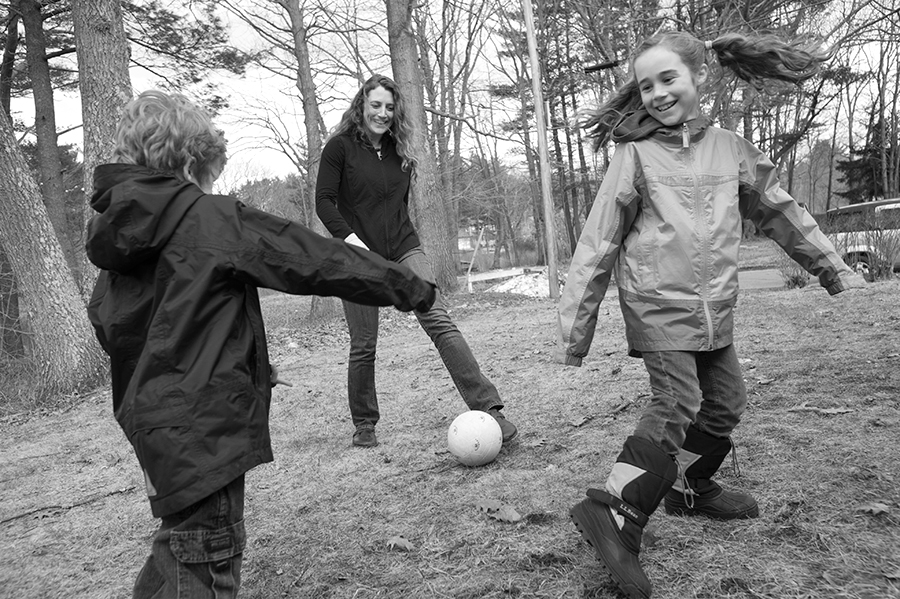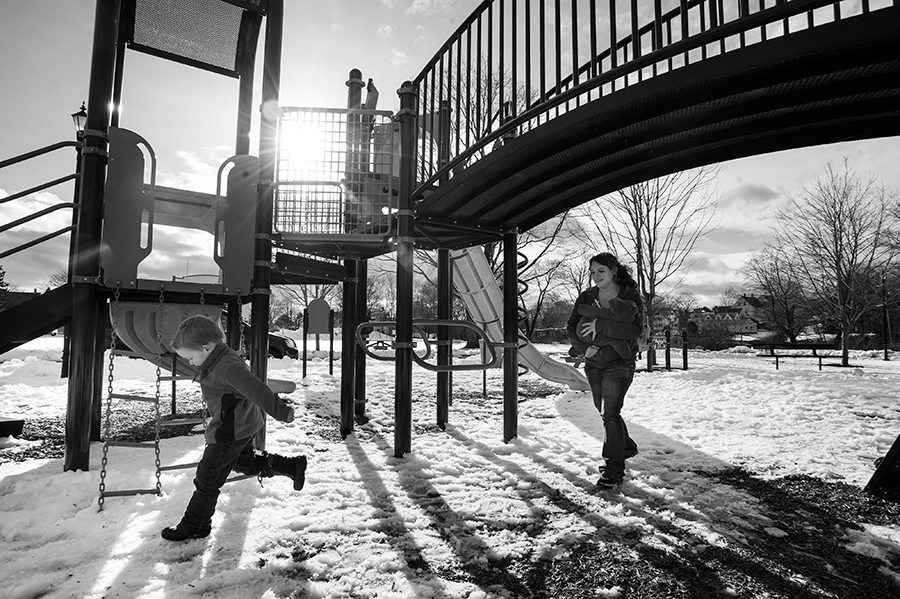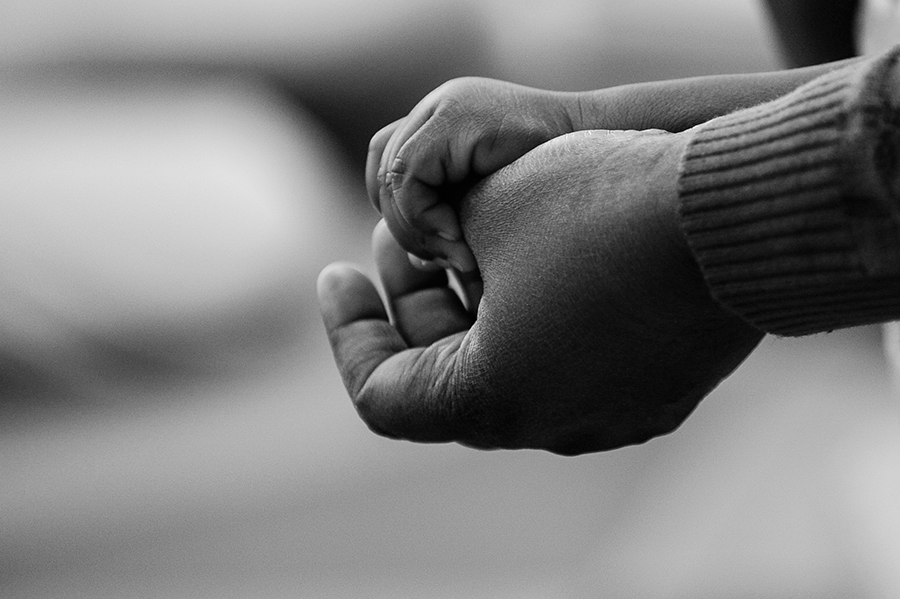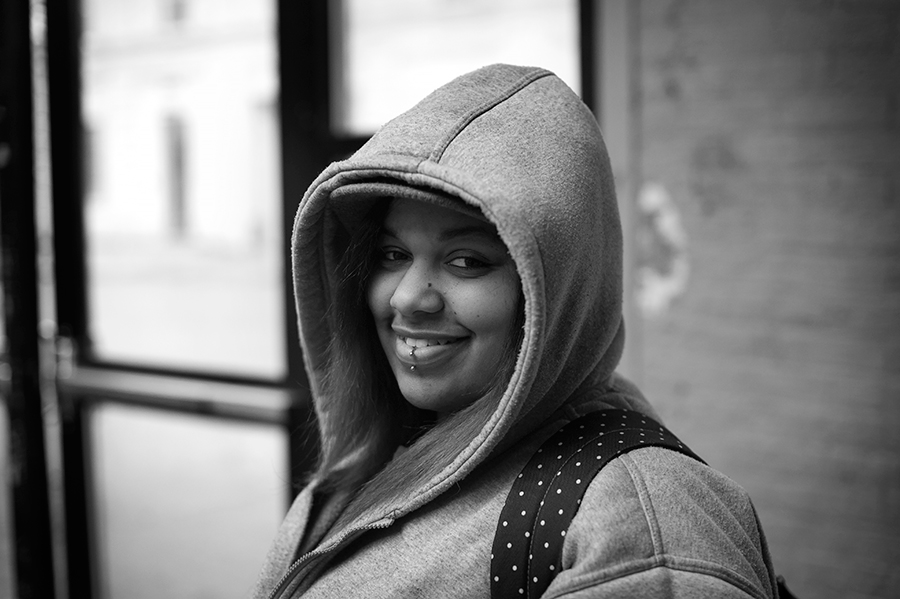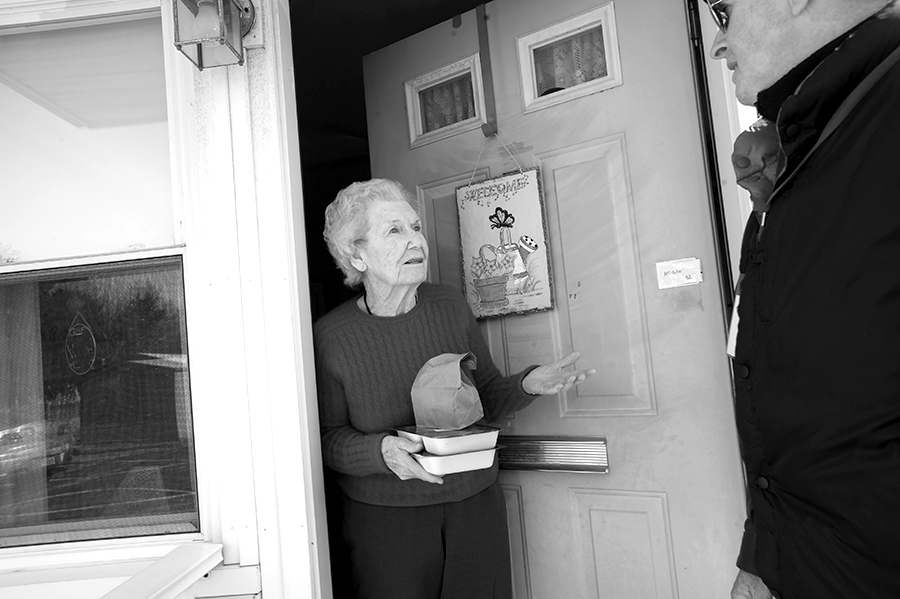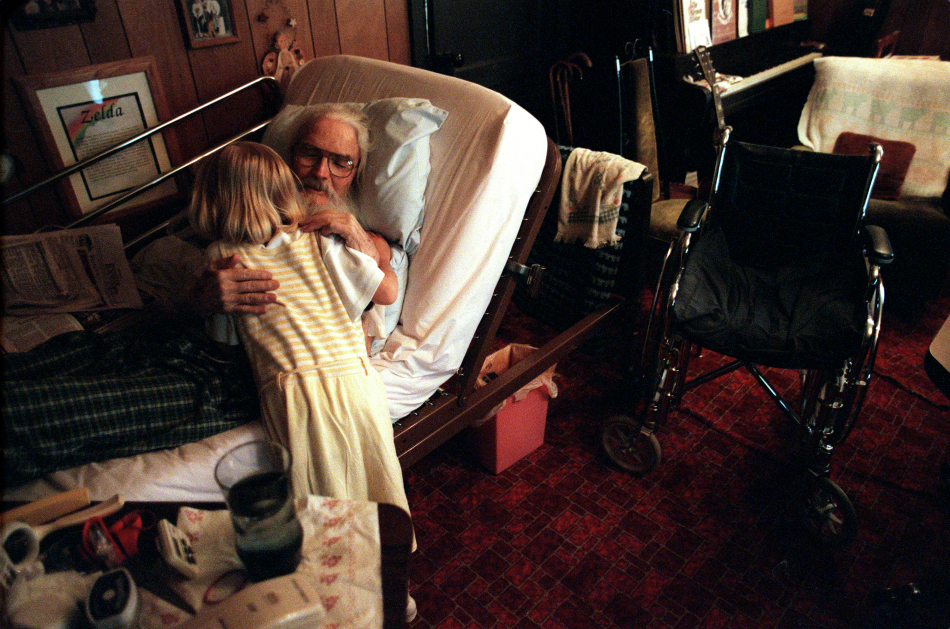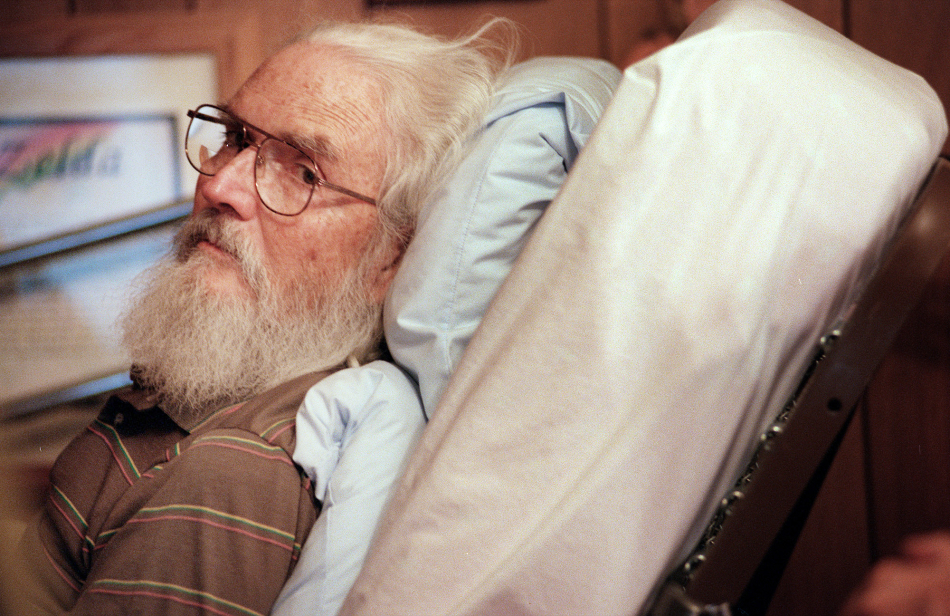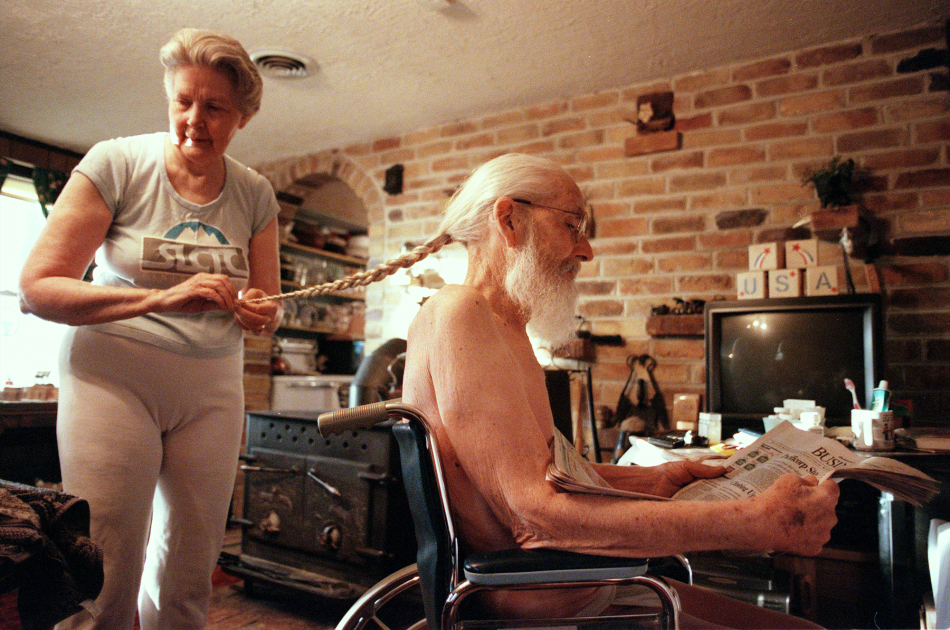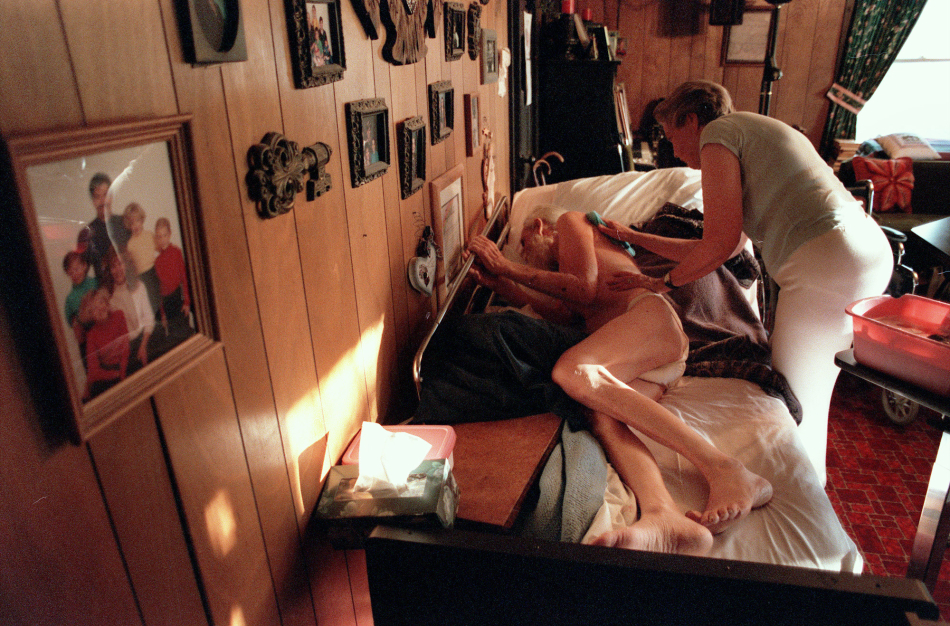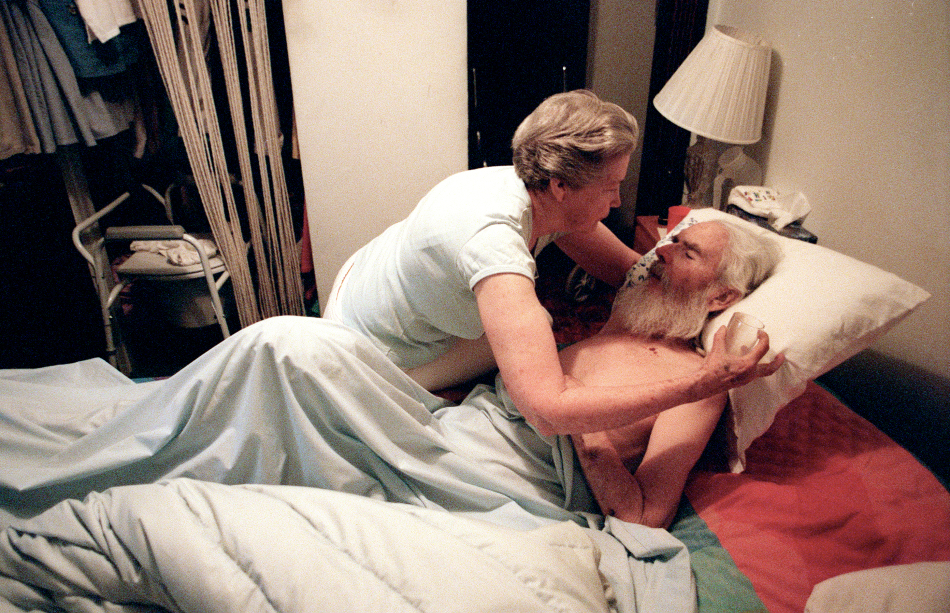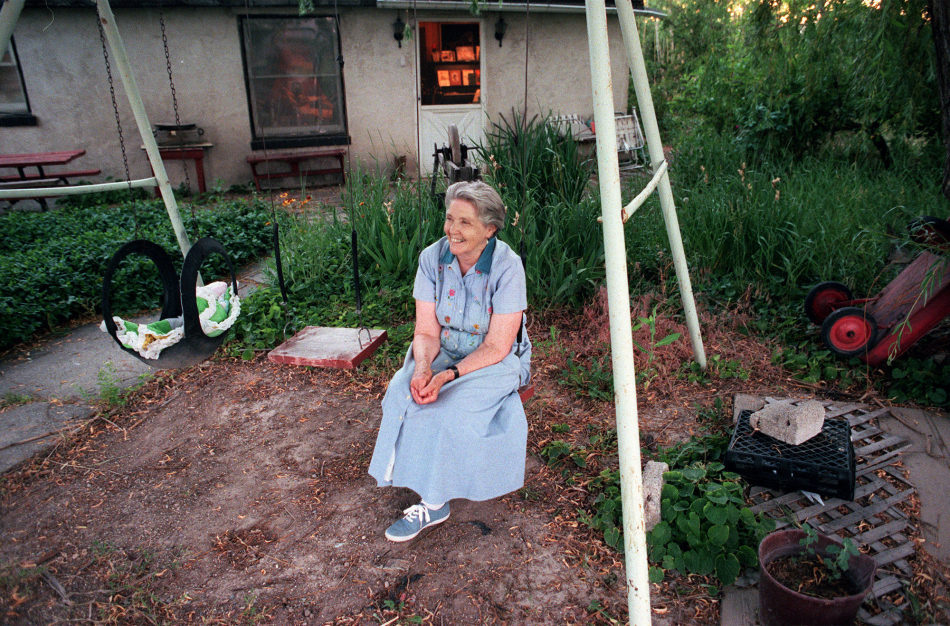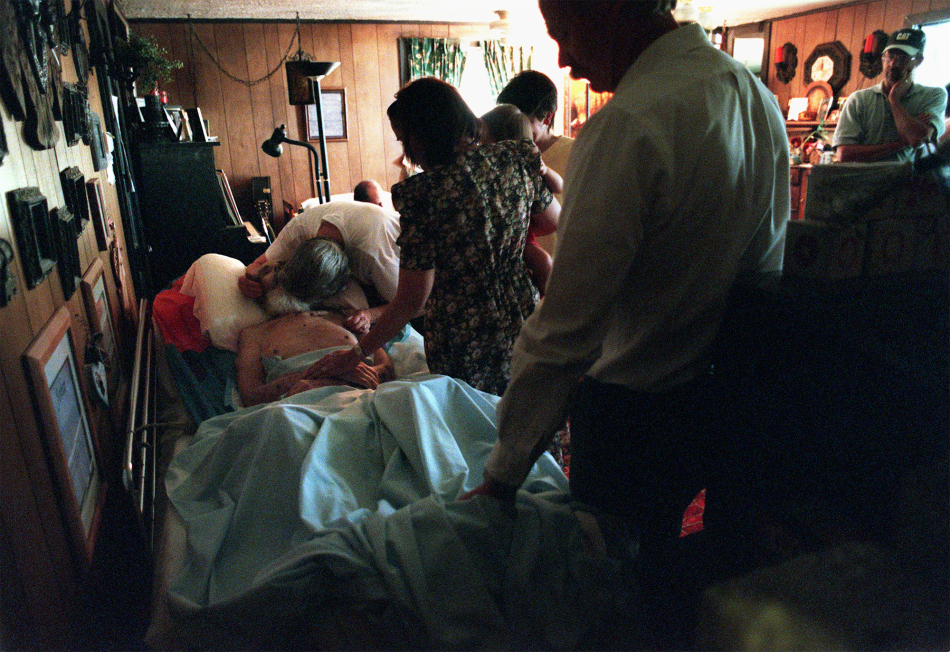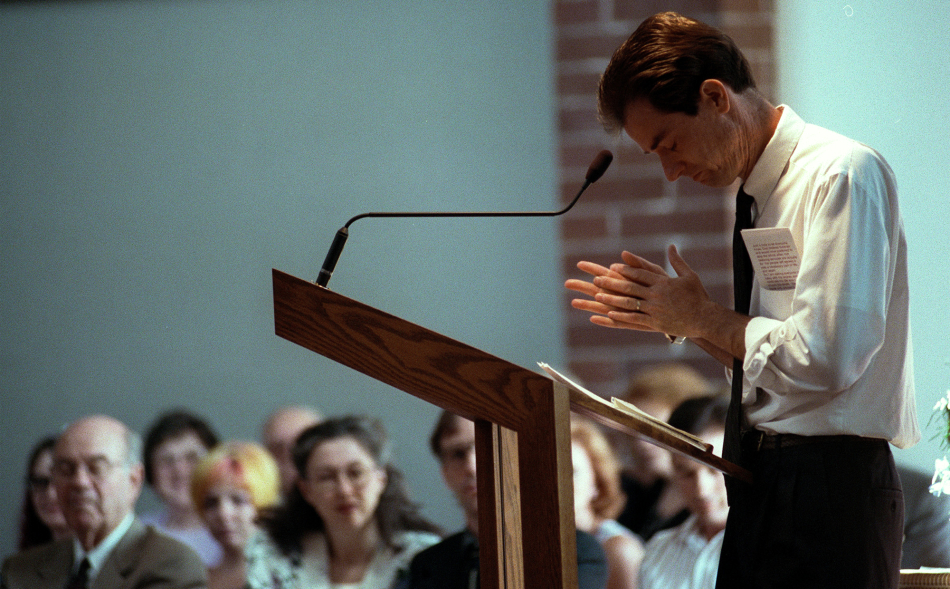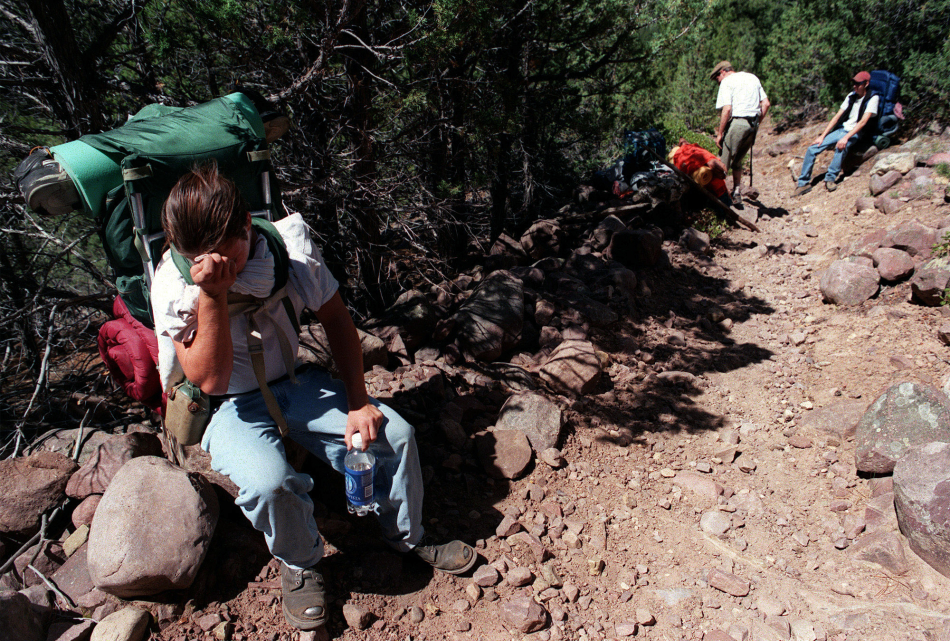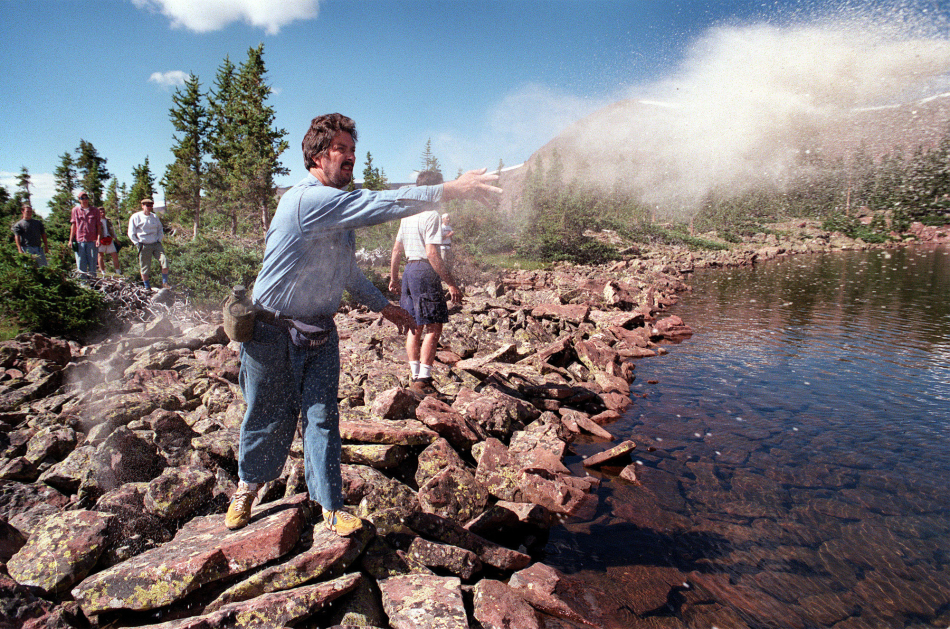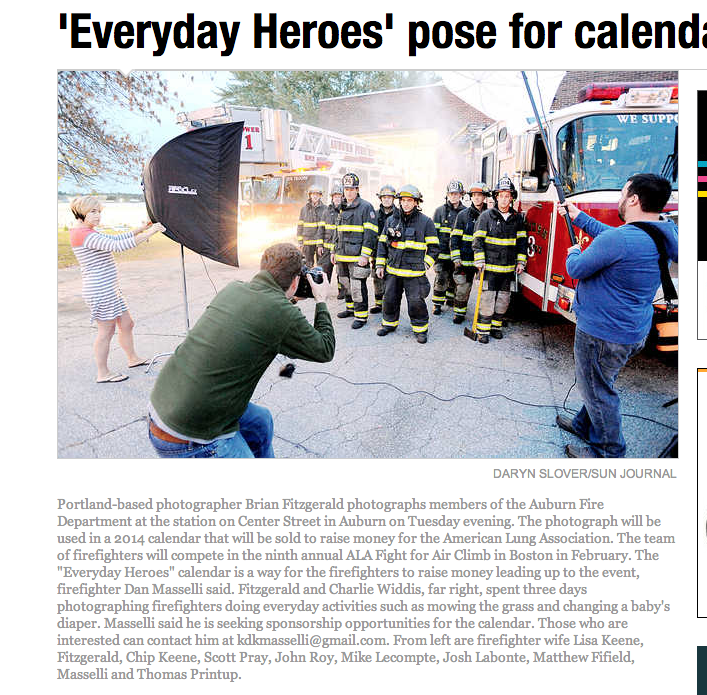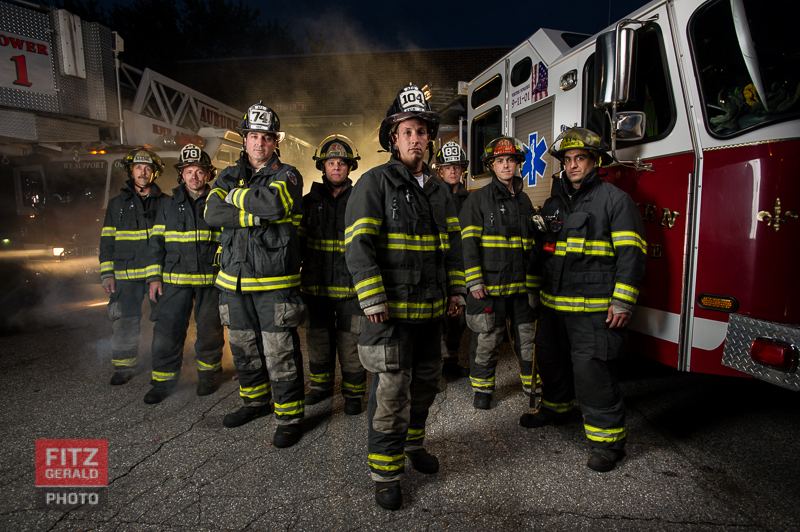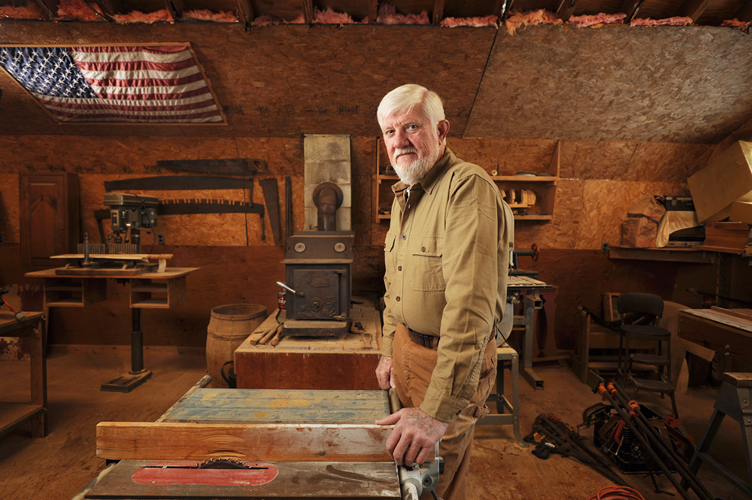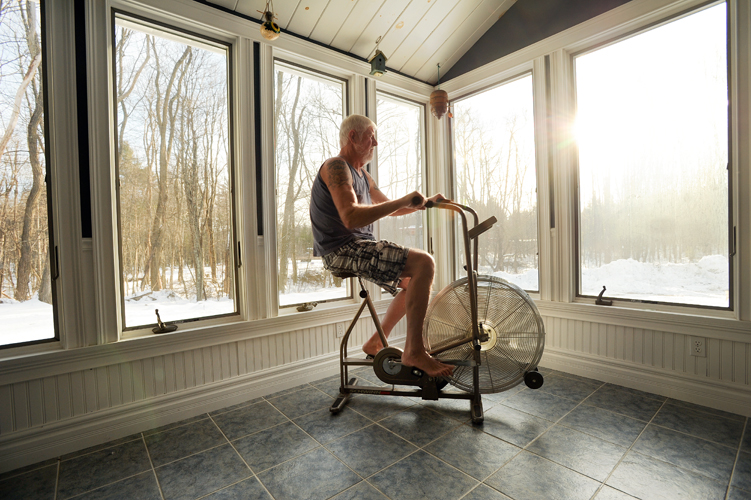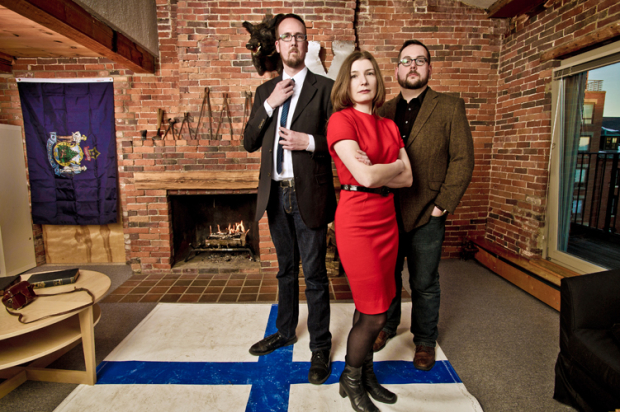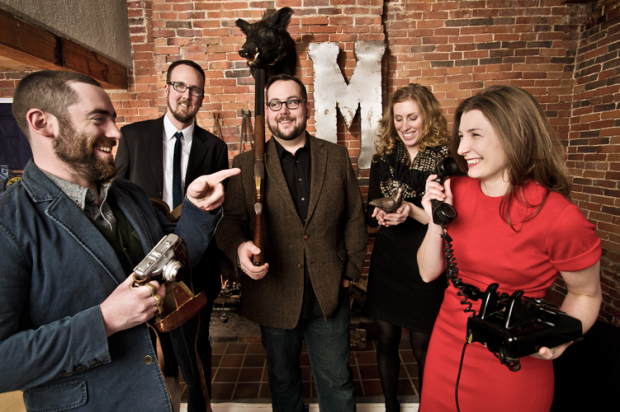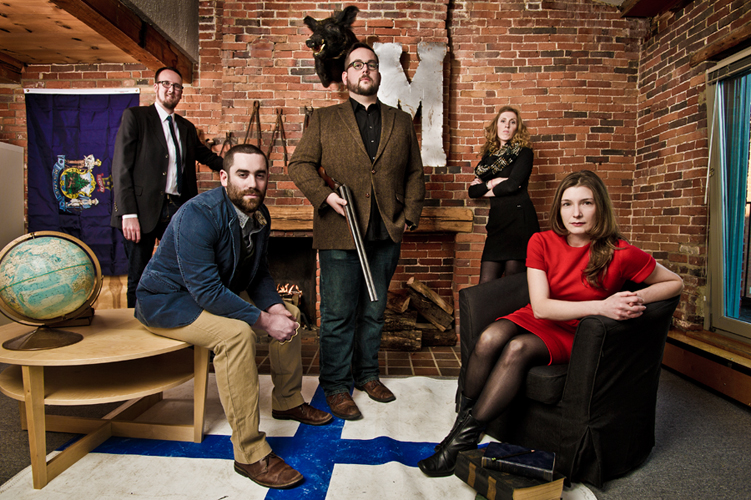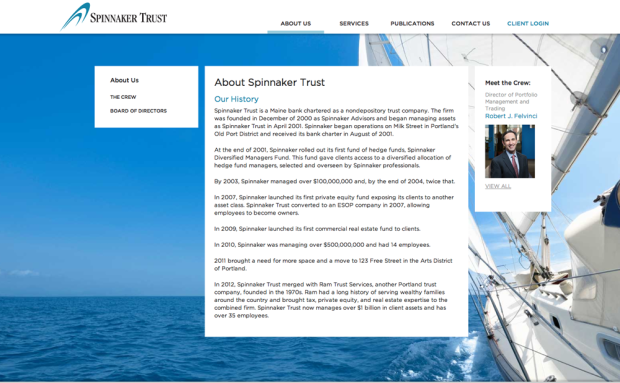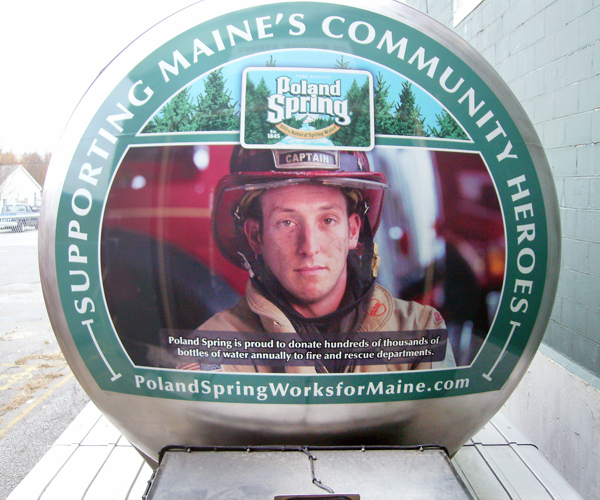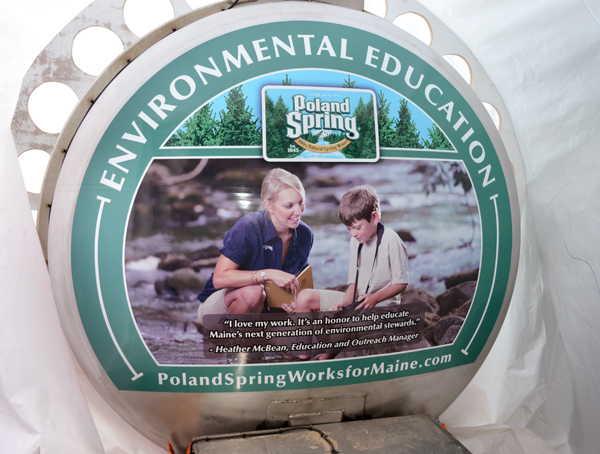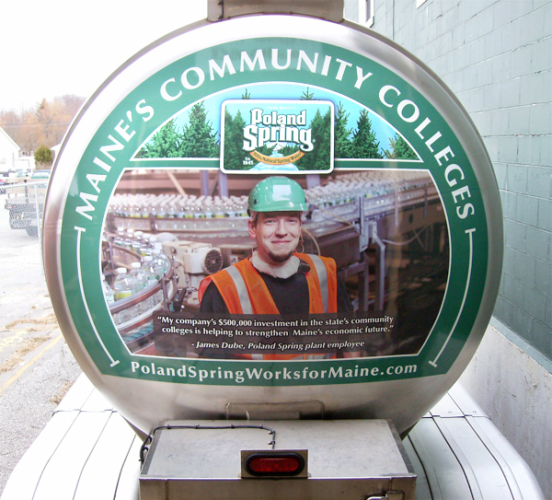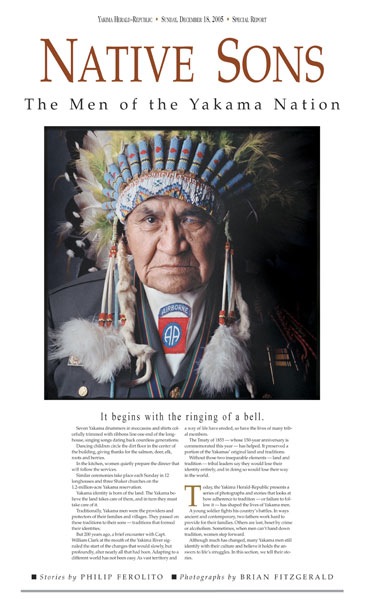
Back in the early part of the 2000s, I was chief photographer of the Yakima (Wash.) Herald-Republic, a Seattle Times Company newspaper centrally located in the part of Washington State Seattlites refer to as “the Dry Side”, among other things.
Yakima derived its name from its nearest neighbor—the sprawling reservation of the Confederated Tribes and Bands of the Yakama Nation. Comprised of 14 separate Columbia River tribes, the Yakamas now occupy a 2,185-square-mile sized territory that includes a portion of nearby Pahto (12,281-foot-tall Mt. Adams).
Growing up in Northern Arizona, I’ve always lived around and interacted with Native Americans. My first reporting job out of college was to cover the Yavapai-Apache in Arizona’s Verde Valley. When I moved to Yakima, years later, I was eager to explore the Yakamas. A proud people, the Yakamas still live on a portion of the ancestral lands and practice their hunting, gathering and fishing traditions as best they can. They fought the US Army in the 1800s until a federal treaty recognizing their rights was signed. They fought many battles in federal court since, with precent-setting law the result.
For much of five years I met with interviewed and photographed many Yakama tribal members, and met many new friends along the way. One of the results was a project with writer Phil Ferolito, published as a special newspaper section, called “Native Sons: The Men of the Yakama Nation”. As best we could, we attempted to show the unique struggles, challenges and triumphs of different generations of Yakama men and their families. I’m proud of what we were able to do, but so much more could have been done to promote understanding and appreciation of Yakama, and native, culture and life realities. See the pages of the published project below.
[photoshelter-gallery g_id=”G0000ZjGbOe9GddU” g_name=”Native-Sons-Project” width=”1000″ f_fullscreen=”t” bgtrans=”t” pho_credit=”iptc” twoup=”f” f_bbar=”t” f_bbarbig=”f” fsvis=”f” f_show_caption=”t” crop=”f” f_enable_embed_btn=”t” f_htmllinks=”t” f_l=”t” f_send_to_friend_btn=”f” f_show_slidenum=”t” f_topbar=”f” f_show_watermark=”t” img_title=”casc” linkdest=”c” trans=”xfade” target=”_self” tbs=”5000″ f_link=”t” f_smooth=”f” f_mtrx=”t” f_ap=”t” f_up=”f” height=”800″ btype=”old” bcolor=”#CCCCCC” ]

